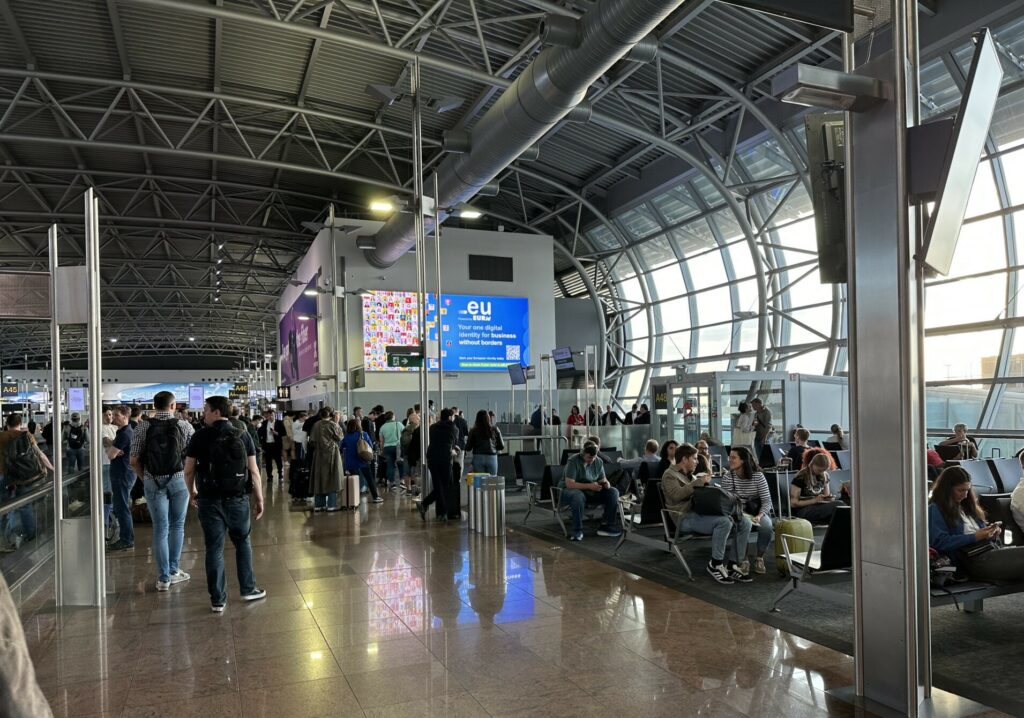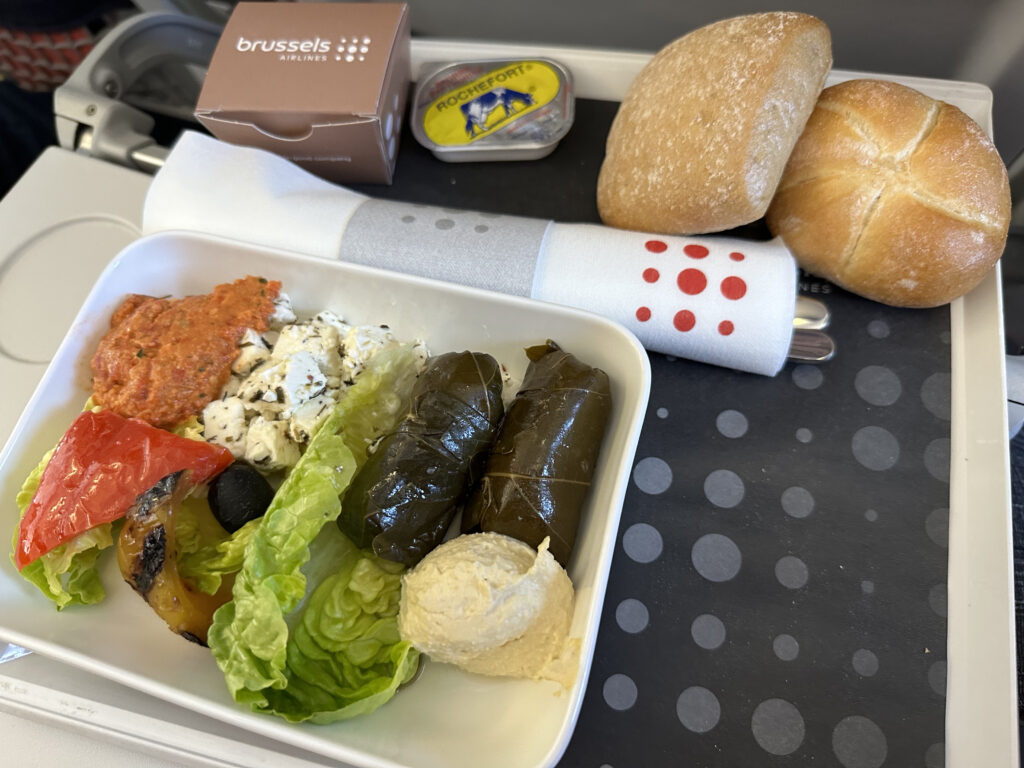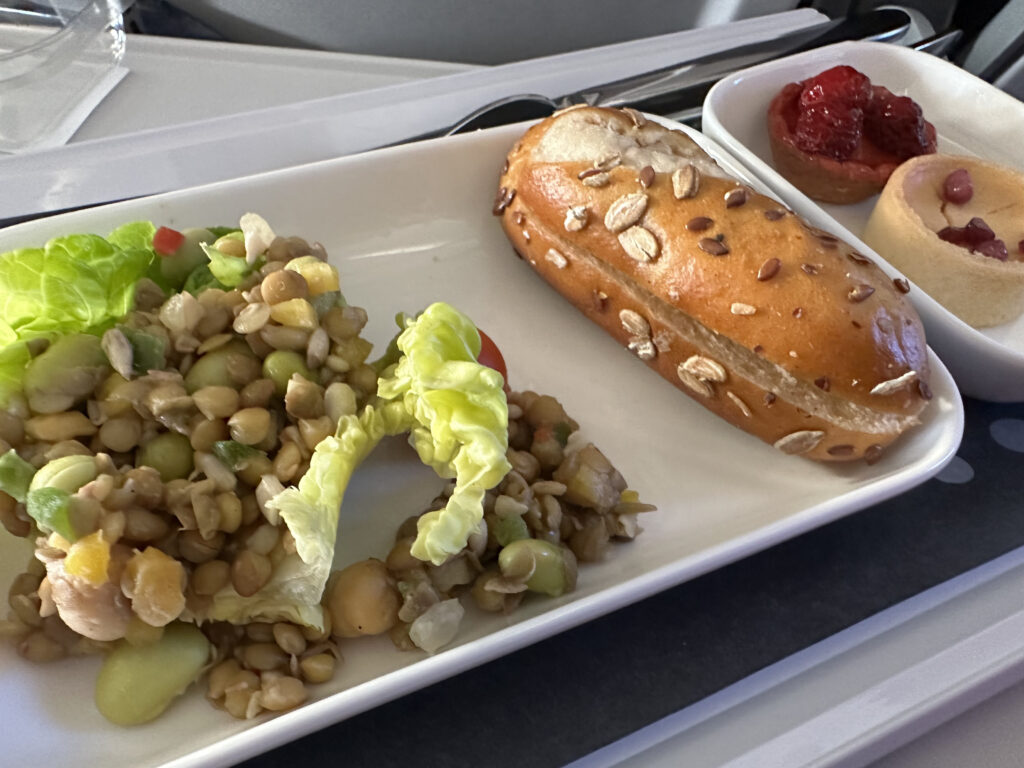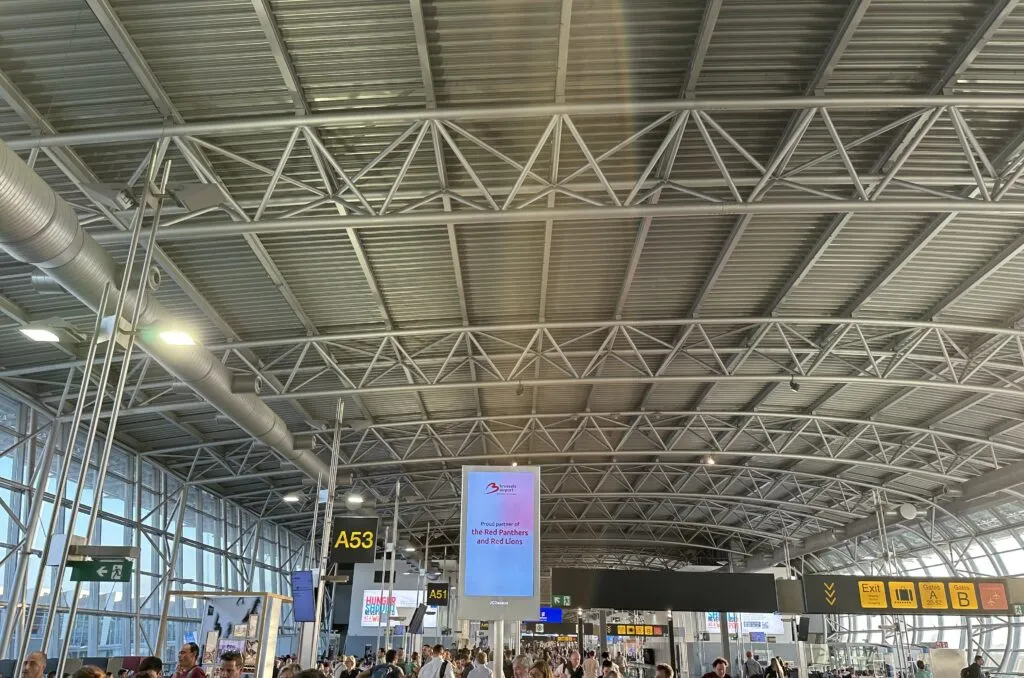 Brussels Airlines is a bit of an odd duck. Part of the Lufthansa Group, the Belgian flag carrier is not considered a hub carrier alongside Lufthansa, Swiss and Austrian, nor is it entirely a low-cost carrier like Eurowings and what is now Discover Airlines.
Brussels Airlines is a bit of an odd duck. Part of the Lufthansa Group, the Belgian flag carrier is not considered a hub carrier alongside Lufthansa, Swiss and Austrian, nor is it entirely a low-cost carrier like Eurowings and what is now Discover Airlines.
That has led to some odd #PaxEx in the past: seats sold as full business class but with a hybrid catering model involving a full choice of drinks off the trolley yet boxed salads offered with a wooden fork as catering — though this has now been upgraded.
Recently, though, the airline has started leveraging the very short connections possible over its Brussels hub to make it a serious competitor in the European hub-and-spoke network game, which is still relevant for many cities that are not served by direct low-cost carrier flights, or where those flights aren’t timed for business travellers.
One example of this was my flight from Hamburg to my home airport of Lyon, taking advantage of Brussels Airlines’ business-traveller-friendly late evening bank of flights through BRU. I’ve done this connection on pretty much every possible airline, but Brussels Airlines excelled in one very rare way for European airports: a speedy, efficient connection. And on business around Europe, speedy and efficient is indeed a rare gem.
Sure, the seats and cabins are nearly fifteen years old on Brussels Airlines. But they’re the trusty old Recaro BL3520 seats that Lufthansa launched as the “Neue Europakabine”, NEK, which has very much stood the test of time, and Brussels still pitches them generously at what feels like around 32”.
I’ve sat on much worse around Europe, for certain. Alas, there’s still no inflight connectivity onboard, nor apparently any near-term plans for it.
The onboard service now that Brussels has upgraded from its boxed-salad-with-wooden-fork model to a more traditional chilled plate Eurobusiness offering is solid, and indeed it offers a very drinkable Champagne — yes, the real stuff, not just a sparkling wine — to go alongside.
The meals on my two connecting flights were different (not always the case) and were both tasty.
The mediterranean plate from Hamburg to Brussels was my favourite of the two, although the pulse and grain salad from Brussels to Lyon was also very decent.
But the star of the experience is Brussels Airport, its compact terminal and the short connections it enables. The U-shaped twin piers — essentially, one is Schengen and one non-Schengen — meant I had to walk just a couple of gates down for my Schengen-to-Schengen connection.

The compact Schengen gates could use a bit more seating, but are by no means the worst offenders in this category around the continent. Image: John Walton
Arriving at 2015 and scheduled to depart at 2105 just fifty minutes later, I had some concerns about a connection of just fifty minutes, but I needn’t have worried.
No time for a lounge visit — indeed it struck me that Brussels would be the ideal place for a Senator Café or a Delights To Go snack bar for business passengers and frequent flyers to grab a quick snack or quick coffee on a quick connection.
As a wider criticism, the shops and dining spots in the terminal close quite early in the evening. Your author was keen to pick up a couple of boxes of Belgian chocolates as gifts instead of cooling heels at the departure gate for ten minutes, for example, but there wasn’t even a Ladurée-style kiosk or anything.
If Brussels-the-airline and Brussels-the-airport are keen on this late evening bank model, ensuring that the airport retail offering opens later might be something to look at.
Overall, the Brussels Airlines connecting experience is now on a par with Europe’s best. A decent if aged seat, decent onboard service, and a well above average compact and efficient airport ticks a lot of the boxes on business class travellers’ lists.
Related Articles:
- Lufthansa, Austrian, Swiss tap EAN connectivity for 150+ narrowbodies
- Eurowings Discover becomes Discover Airlines in compelling rebrand
- Aegean’s new business class: well above Eurobusiness average
- Whither Brussels Airlines? Time for a rethink
Featured image credited to John Walton















